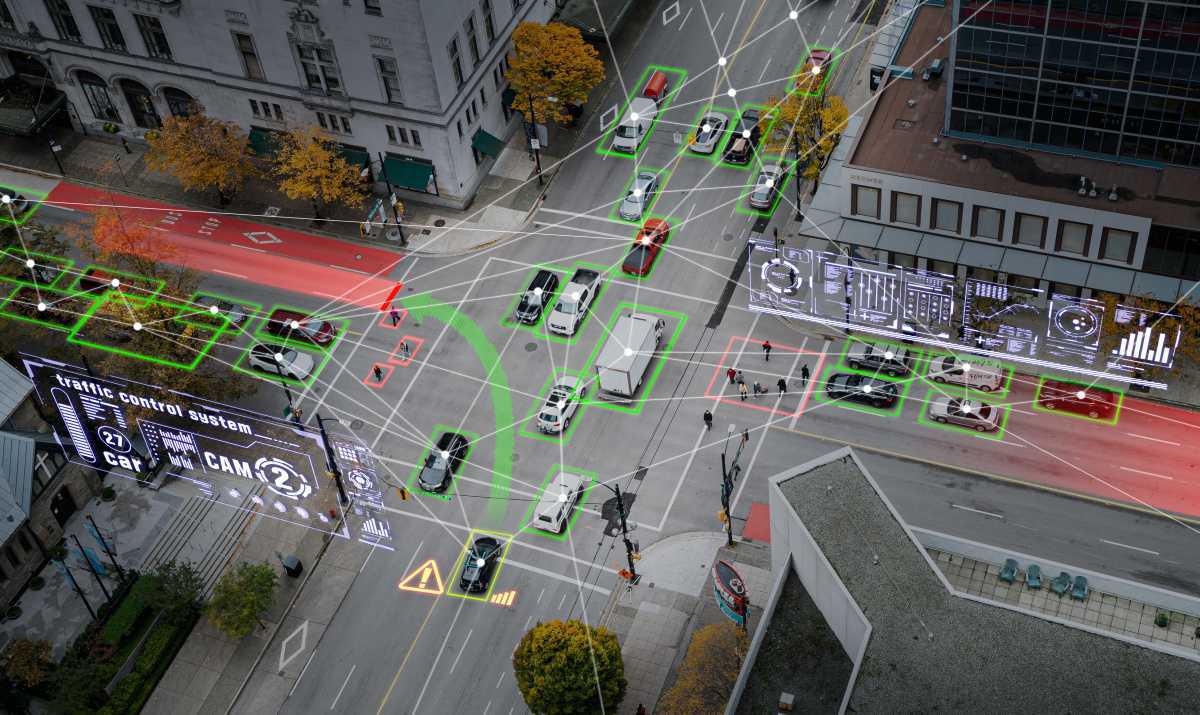In the heart of every bustling metropolis lies a growing promise: the smart city. As urban populations swell and climate challenges intensify, city planners and tech innovators are teaming up to reimagine how cities can run cleaner, safer, and more efficiently. From AI-powered traffic systems to app-connected waste bins, “smart cities” aren’t science fiction—they’re already here, and they’re changing the way we live, work, and interact with the world around us.
What is a Smart City?
At its core, a smart city leverages data and digital technology to optimize infrastructure and improve quality of life. Think of it as a city with a nervous system—a network of sensors, cameras, and connected devices collecting real-time data that’s then analyzed and used to make intelligent decisions. The result? More responsive public services, reduced environmental impact, and a better experience for residents.
Some well-known examples include:
-
Barcelona, which uses smart streetlights and parking sensors to save energy and reduce congestion.
-
Singapore, where a citywide digital twin monitors everything from public transit to water usage.
-
San Diego, which deploys smart streetlights equipped with air quality and motion sensors.
Key Technologies Behind Urban Innovation
-
Internet of Things (IoT): Sensors embedded in roads, buildings, and vehicles provide continuous feedback to city management systems.
-
AI and Machine Learning: Algorithms optimize traffic flow, detect infrastructure issues, and predict energy consumption patterns.
-
5G Networks: Ultra-fast connectivity allows seamless communication between thousands of devices across a city.
-
Big Data and Cloud Computing: Real-time analysis of massive data streams helps improve decision-making on everything from emergency response to waste collection.
Real-World Applications
-
Smart Transportation: Adaptive traffic lights reduce idling times and emissions, while real-time transit apps improve reliability for commuters.
-
Energy Efficiency: Smart grids balance energy demand, integrate renewables, and allow buildings to adjust heating and cooling automatically.
-
Public Safety: AI-powered surveillance and predictive policing tools enhance safety, although they also raise important privacy concerns.
-
Waste Management: Smart bins alert sanitation departments when they’re full, optimizing collection routes and cutting fuel use.
The Social Dimension: Equity and Ethics
While urban tech can offer incredible benefits, it also presents challenges. Who owns the data? Who gets access to the upgraded services? Smart city initiatives must be inclusive and democratic, ensuring that vulnerable populations aren’t left behind in the digital upgrade. Privacy, surveillance, and algorithmic bias remain critical concerns.
Looking Ahead
As climate change, population growth, and economic shifts reshape urban life, smart city technologies offer a powerful toolkit for adaptation. But tech alone isn’t enough. Building better cities means investing not just in code and sensors, but in people, equity, and vision.
Smart cities are not about making everything digital—they’re about making everything better. If designed thoughtfully, the cities of the future could be greener, more just, and more human than ever before.


